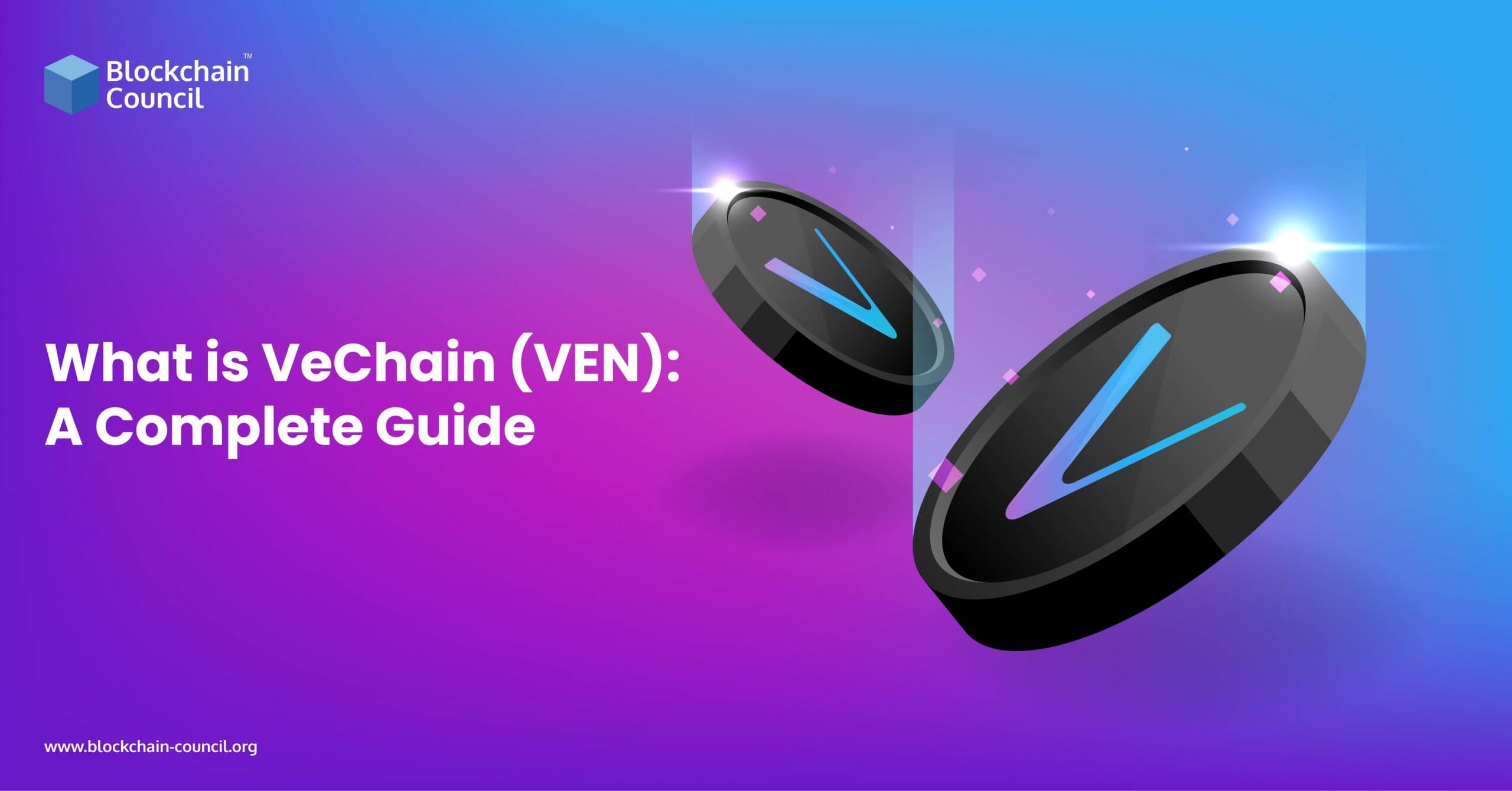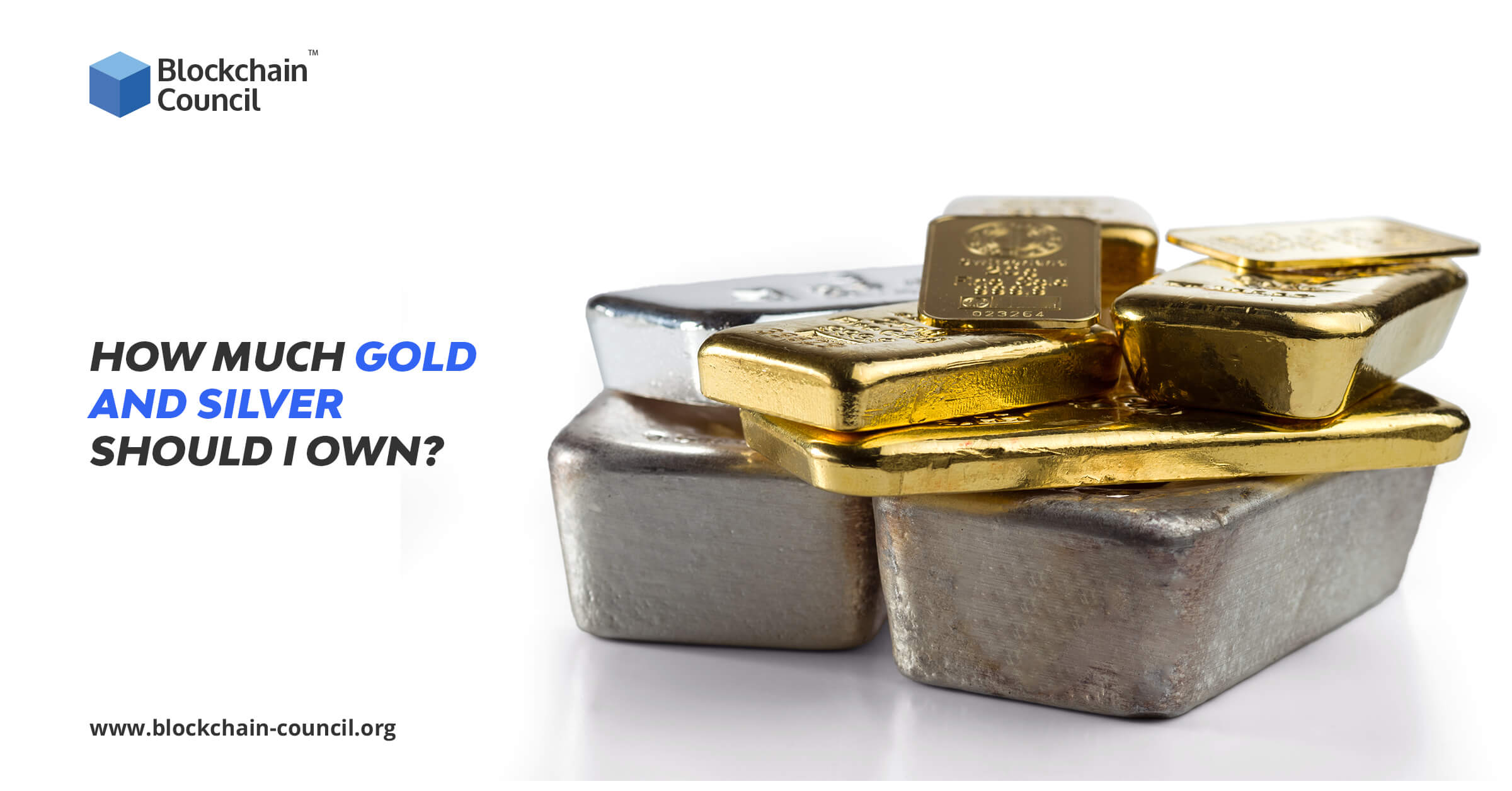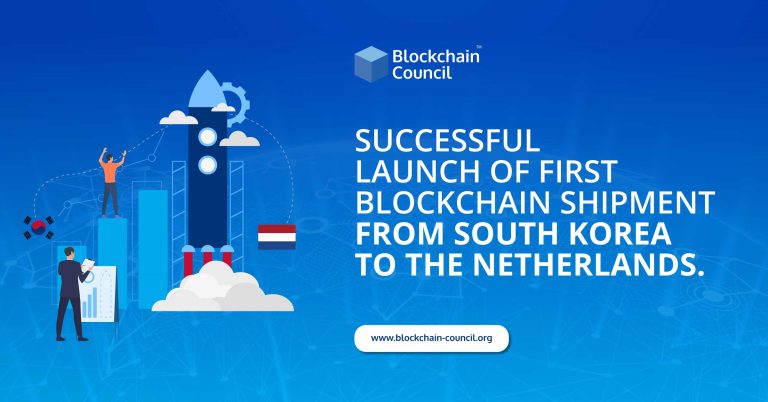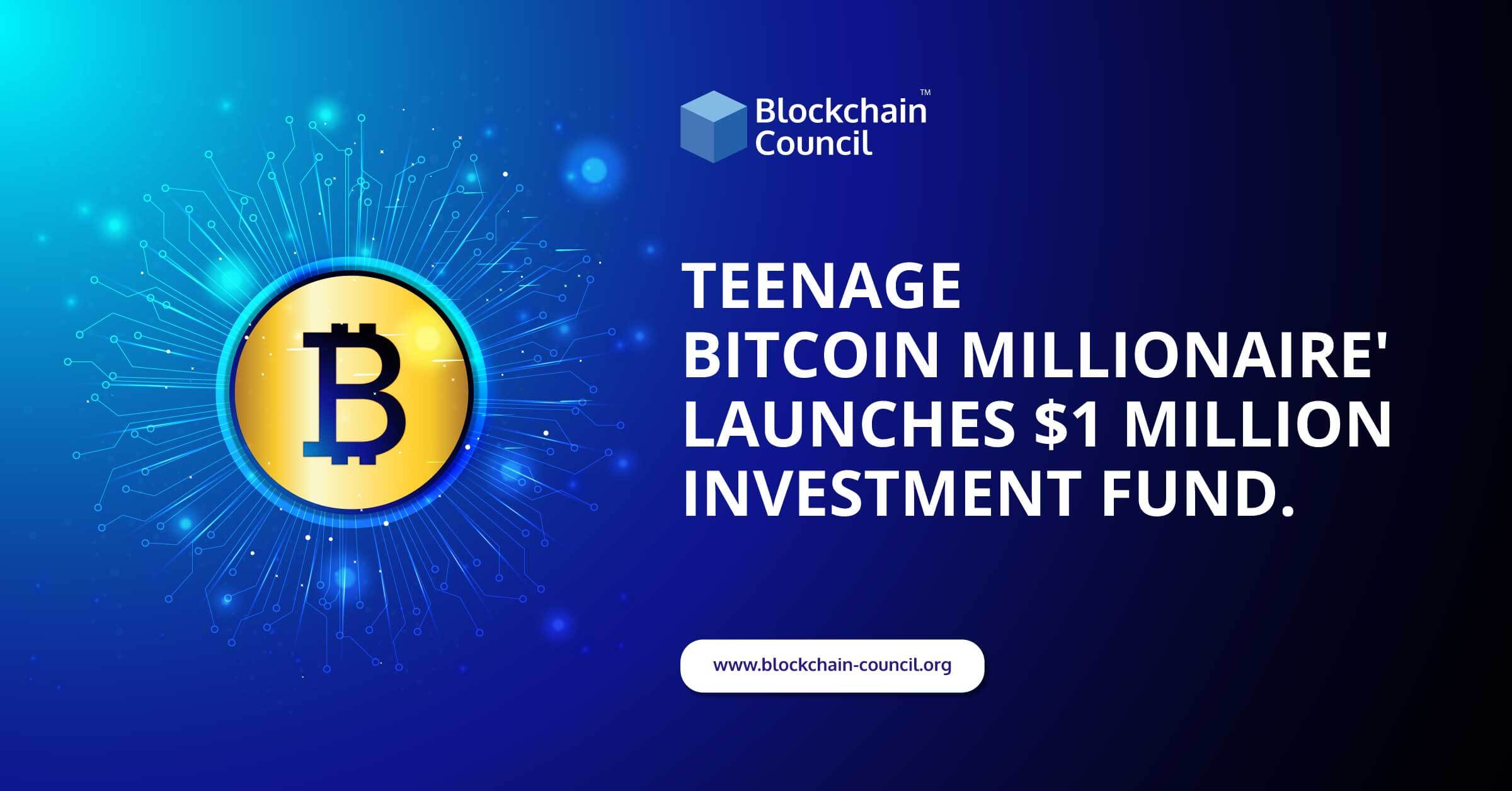
- Ayushi Abrol
- January 12, 2022
After getting along with different blockchain-based technologies, you might wonder, “what is VeChain (VEN)?” In this segment, we will not only provide you with the answer to this question but a lot more!
A blockchain-based supply chain management platform, VeChain allows users to assess the authenticity and quality of products purchased using tamper-proof and DTL (distributed ledger technology).
Through building a safe supply chain management environment for all parties, every piece of information about a product’s supply chain movement may be documented and validated, from product source materials to maintenance history and spare component replacements.
Chronicles of VeChain
The former Chief Information Officer (CIO) of Louis Vuitton China, Sunny Lu, is the originator of VeChain. In 2015, VeChain began its journey as a subdivision of Bitse. Bitse is one of the largest blockchain companies in China and among a few well-established blockchains with a substantial user base.
In 2018, VeChain went from rebranding itself to transitioning onto its own blockchain from the Ethereum blockchain platform. VeChain was renamed VeChainThor (VET) after the rebranding.
The VeChain blockchain network’s official documentation lays out the platform’s ambitions. Its prime focus was to enhance the supply chain industry by simplifying data accessibility and functionality. It also wants to be a leader in VeChain-based decentralized apps (dApps), initial coin offers (ICOs), and Internet of Things (IoT) middleware.
To achieve this aim, VeChain has crafted strategic agreements with many organizations throughout the years. One of them is a partnership with PricewaterhouseCoopers (PwC) to employ VeChain’s blockchain-based solutions to help PwC’s clients improve product verification and traceability.
VeChain collaborated with Renault, Microsoft, and Viseo to develop a tamper-proof digital car maintenance book. In addition, VeChain is the government’s technology partner for Gui’an, a Central Chinese government-run industrial development zone.
Exploring VeChain
According to VeChain, its goal is “building a distributed and a trust-free business ecosystem platform that enables efficient teamwork, open information flow, and high-speed value transfers.”
Presently, many businesses operations segregate their supply chain data in layers among many stakeholders. This affects the information flow, further fragmenting among participants.
According to VeChain’s white paper, blockchain technology can address information asymmetries by allowing data ownership to be transferred to and empowered by the owner.
The VeChain platform claims to provide authentic parties with a 360- degree view of vital product details and its business operations (such as transportation, storing, and supplies) and promote market transparency.
VeChain Use Case
The VeChain platform is smart enough to screen even an essential commodity from its quality to last-spot delivery, from the manufacturing site to the end client.
VeChain utilizes RFID tags, sensors, and smart chips to broadcast crucial information onto the blockchain network, allowing real-time access by authentic stakeholders.
Sensors may continuously monitor all product parameters, and any problems can be communicated to the right stakeholders. For example, manufacturers and customers receive a warning message if a commodity does not meet its standard storage conditions, enabling better service and quality control.
Another use case of VeChain is that it allows automobile owners the ownership of their data and deploys it to negotiate agreements with the insurance providers.
VeChain Organization
The VeChain Foundation is in charge of network development, technological research, and development. In addition, this Foundation plays a significant role in business development.
The Foundation fosters and supports collaborations with businesses interested in using blockchain platform technology as a service. The services include smart contract development, private key management, payment services, and wallet development.
At present, VeChain is partners with BitOcean, Babyghost, DNV GL, China Unicorn, Directed Imported Goods, Hyperledger, Healthcare Co.Ltd., Jiangsu Printed Electronics Co Ltd, Microsoft, PwC, Made For Goods, Kuehne & Nagel, Renault, Xiamen Innov Information Technology Co Ltd.
VeChainThor: The VeChain Blockchain Platform
VeChainThor is a public blockchain network aiming for “mass enterprise adoption.” It utilizes two kinds of tokens – VET and VTHO. To store value or “smart money” in smart contracts, VET or VeChain Token is used. In other words, decentralized apps on VeChain’s blockchain will use VET for transactions.
The whole people can invest. VeChainThor Energy, or VeThor Energy, is the symbol for the VTHO token. It is the cost of completing transactions on VeChain’s blockchain and is used to fuel transactions.
Developers must draft an expense budget for base tokens (initially invisible to the audience) to execute transactions for their decentralized applications, comparable to Ethereum’s ether and NEO’s “gas.”
According to VeChain’s white paper, the objective of creating the two-token system was to deliver effective governance and a realistic economic structure for decentralized software developers.
Ethereum’s native gas token currently lacks such a model because of unstable ether price. Therefore, an accurate estimation of the ether requirement for a transaction needs to be predicted by the developers. If their estimate proves to be inaccurate, the transaction will fail.
VeChain’s white paper illustrates several technological advancements to its platform made to address this ether estimation issue.
Every transaction on the VET blockchain, for example, is subject to Proof of Work (PoW). This means that if the original estimate for a transaction was inaccurate, the transaction’s participants might mine more VTHO.
Protocol for Governance
Proof of Authority is the consensus protocol on the VeChainThor blockchain. Votes are distributed based on VET holdings and disclosure, as scripted in the protocol.
VET holders with 1 million tokens in their account and KYC (know-your-customer) credentials account for 30% of all votes cast. However, VET holders with 1 million tokens but with no KYC credentials are accountable for only 20% of all votes.
Contrary to Bitcoin, which requires all participant votes on a transaction before reaching an agreement, VeChain’s method does not require to do so. On the VeChain blockchain, 101 master nodes are in charge of achieving transaction consensus.
The use of anonymous nodes is restricted, and revealing one’s identity is required to become a master node. However, this system does not require majority votes and needs less power to reach a consensus.
The other type of master node in VeChain is an economic master node. These serve as a power check and do not generate blocks or ledger records. Each economic master node is given a set amount of votes based on their VET holdings. For every 10,000 VET, an economic master node earns one vote.
The master node mechanism centralizes voting powers in a decentralized system. The VeChain creators, on the other hand, have claimed that their purpose in building this protocol was to achieve a balance between centralization and decentralization.
Strategies of VeChain
VeChain has come up with the following strategies to provide a blockchain-based secure supply management ecosystem:
- by using network nodes
- by the digitization of assets
Network Nodes
The deployment of network nodes maintains the platform’s security.
- Organizations and businesses involved directly in the ecosystem govern these network nodes.
- Wallet services, quality inspection, and even private key management services are the services that network nodes can provide.
- The VeChain tokens, the platform’s own native token asset, will also be used (VEN). These tokens will be utilized as GAS, which is required for the execution of smart contracts.
- VENs will also be employed as an incentive mechanism, with VENs issuing to network nodes that contribute to facilitating the ecosystem through their functioning.
Digitization of Assets
Asset digitization is how VeChain intends to establish its safe supply chain management environment. Manufacturers can use VeChain to assign products to the platform with unique identifiers. Manufacturers, supply chain partners, and even consumers will be able to follow product movement across their supply chain due to this.
- It deploys VeChain Identity (VID) technology to brand and monitor a product. A SHA256 hash function is used to create VIDs, which provides a random hash value that correlates to a VID.
- Each product’s VID can then be written into a Quick Response (QR) code, a Near Field Communication (NFC) tag, or a Radio Frequency Identification (RFID) tag. This technology allows the tagged product and any associated data, such as importing the product’s supply chain activities, from the real world into the platform.
- The platform and its related technologies, for example, can be used in the pharmaceutical business. A VID can be attached to a bottle of vitamin supplements, allowing both the manufacturer and the consumer to monitor the supplement’s journey from the place of manufacturing to the final consumer. The authenticity of the supplement may be determined at each stage of the supply chain process; thus, any attempts to deceive the consumer are trackable.
VeChain allows for product asset digitization and offers authorization-based digital ownership management. This means that a digital representation of the product owners on the platform exists.
The integration of smart contract technology helps to accomplish this task by allowing a digital asset to have both private key and public key linked to an account. The public key is made accessible and shown as a pseudonym email address, which other users can recognize and access.
The private key grants a user’s authorization and access to the relevant digital asset.
Future of VeChain
Undoubtedly, blockchain technology has the potential to bring a revolution in the supply chain management sector. VeChain is establishing itself as ‘The disruptive, inventive force’ that sculpts how we think about supply chain management, with an ever-growing list of corporate alliances and technology breakthroughs.
If you want to dive into the crypto or blockchain realm, you can go through some blockchain courses available online. Such courses provide you with training and certification that can add stars to your skills. However, you can always reach out to blockchain professionals for better suggestions.





































































 Guides
Guides News
News Blockchain
Blockchain Cryptocurrency
& Digital Assets
Cryptocurrency
& Digital Assets Web3
Web3 Metaverse & NFTs
Metaverse & NFTs
